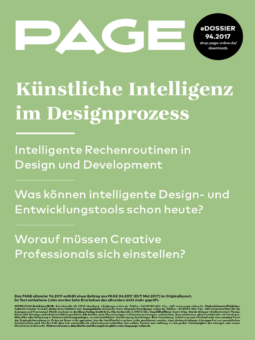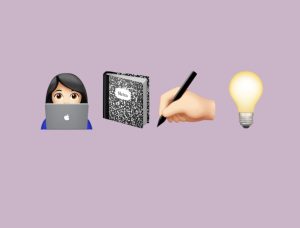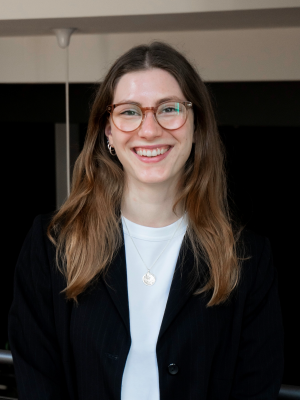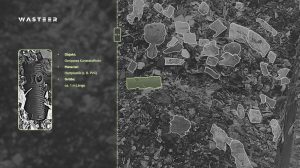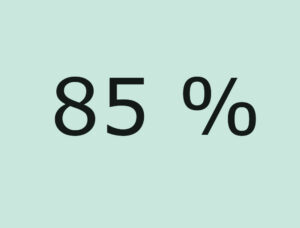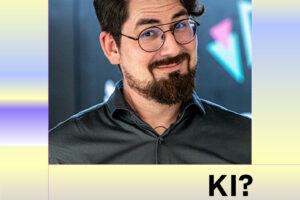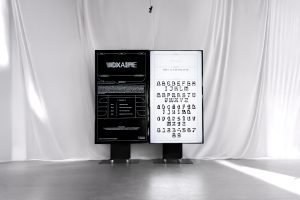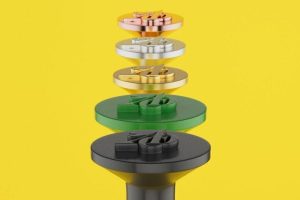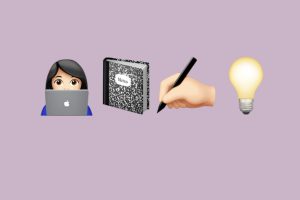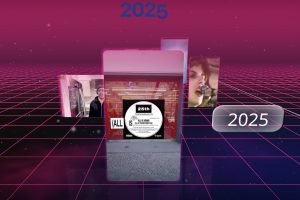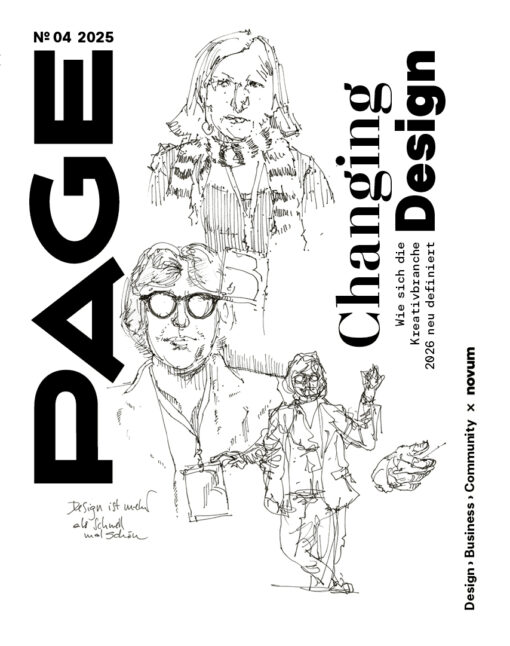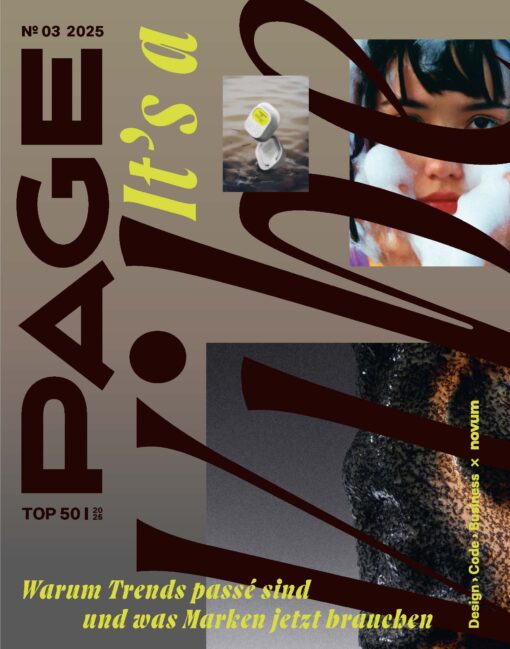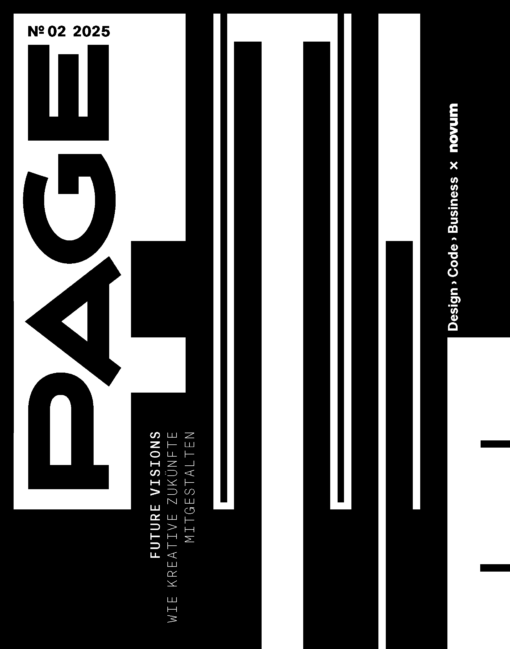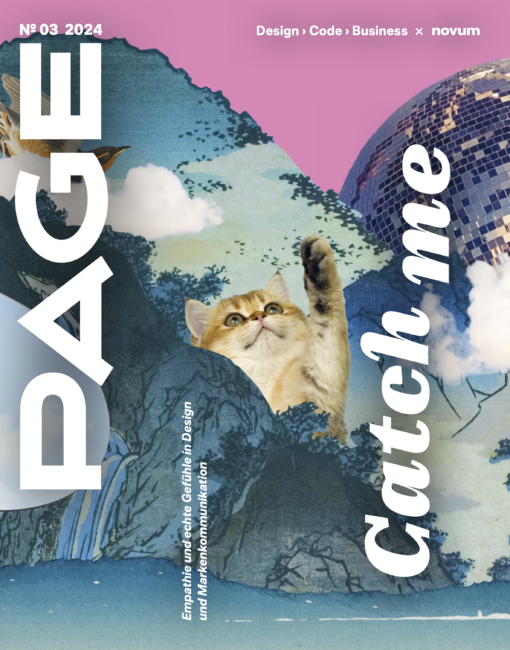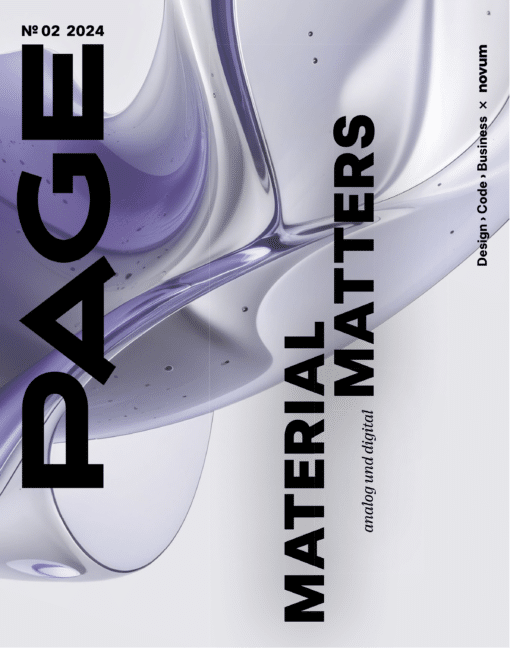Making-of: Machine Dream – Identity in the digital world
Machine Dream by Kadine James x Jessica Avarello 2024 is one of the first digital fashion installations to be created exclusively with AI tools. Read on to find out which tools they used for this immersive experience in our making-of
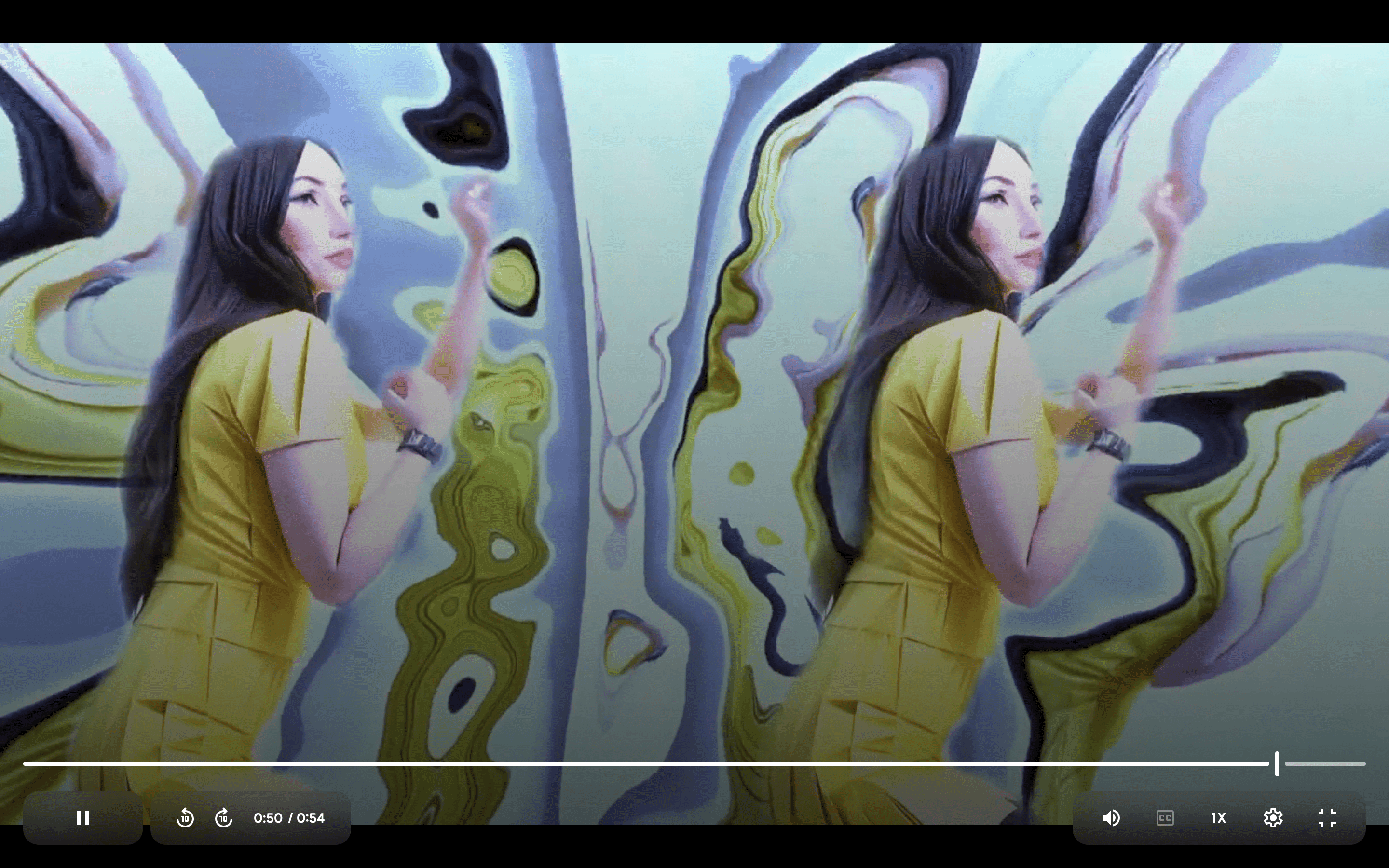 Machine Dream by Kadine James x Jessica Avarello 2024: Based on a transmedia AI workflow, Kadine James and Jessica Avarello explore how virtual identities merge with our ideas of ourselves. These digital identities are not static, but dance and move like their physical role models. Where this line between virtual and real blurs, the artists create a transformative experience for the audience on the occasion of Digital Fashion Week.
Machine Dream by Kadine James x Jessica Avarello 2024: Based on a transmedia AI workflow, Kadine James and Jessica Avarello explore how virtual identities merge with our ideas of ourselves. These digital identities are not static, but dance and move like their physical role models. Where this line between virtual and real blurs, the artists create a transformative experience for the audience on the occasion of Digital Fashion Week.
What motivated them to do this? The rigid beauty ideals in the traditional fashion world, which prevent people from expressing their own personality in all its facets. Machine Dream wants to break down clichés and show a new, more diverse vision of identity that is fluid and can not only fully develop in the digital space, but also overcome physical limitations.
»We have developed virtual models and digital personalities from images of ourselves that go beyond conventional beauty standards and are intended to show what can be expressed through digital identities. It’s about celebrating yourself, expressing yourself and enjoying the freedom of the digital space,« explains Kadine James.
It’s about celebrating yourself, expressing yourself and enjoying the freedom of the digital space.
All articles in PAGE Impulse Motion Design
Overview: Electric Dreaming: AI in Motion | Interview: The Human Factor in Motion Design | Tested: Animatic with Midjourney and Pika AI| Top 15: Hot AI Tools for Motion Design | Workflow: The favourite tools of motion designer Markus Edmaier | Service: What is motion design and what are the next big steps?
Concept and motion design with AI
To create a seamless and transformative experience, the collective chose a workflow with various AIs. MagicAnimate, among other tools, allows the artist to set her virtual twin in motion. »We wanted to develop a coherent and emotional narrative through visual and choreographic elements in a completely digital setting. It was particularly important that the interactions between me and my digital avatars feel fluid and immersive,« says James.
The narrative is designed as a journey of self-discovery in which the choreography enables the virtual characters to express their emotions and transformations through movement. Since digital avatars are often perceived as less authentic, the team placed a strong emphasis on characterising the digital personalities through attention to detail in design, facial expressions, body language and interaction with the environment. The team then used clips from MagicAnimate in the AI tool LensGo to generate other styles. The final film was created in After Effects and CapCut.
The tools at a glance: Midjourney, Magnific AI, Vidnoz AI, MagicAnimate, LensGo, After Effects and CapCut – you can find out how they were used below.
AI fashion design for the virtual world
In the digital fashion world, there are no physical limitations on materials and how they behave. The creative team, led by Marcela Castelli, took advantage of the freedom of the digital space to experiment with textures, movements and shapes that would be impossible in the real world. They designed garments that dynamically change and respond to the characters’ emotions, creating an immersive fashion experience.
The pieces should not only be visually appealing, but also meaningful, especially in the context of queer community and culture. They are inspired by the diversity, rebellion and creativity of the LGBTQ+ community. Elements of queer art, history and club culture appear to convey the stories of defiance, pride and self-expression.
This has been achieved and shows the possibilities for designers in the future with dynamic and constantly changing fashion pieces. This opens up scope for creativity and a world in which fashion becomes an interactive and immersive experience that could have a lasting impact on the industry and consumers.
AI toolchain and AI workflow
Kadine James explains how they used Midjourney, Magnific AI, Vidnoz AI, MagicAnimate, LensGo, After Effects and CapCut for their installation.
- Creating footage in Midjourney:
We used Midjourney to create the various avatars based on a photograph of Kadine James. By entering custom prompts and adjusting parameters such as lighting, textures, and environments, we were able to create highly detailed avatars. For example, we explored different art styles (e.g., cyberpunk and surrealism) to find the best fit for Kadine’s digital twin. Each avatar iteration was refined through variations and upscaling within Midjourney to capture an otherworldly aesthetic. https://www.midjourney.com
- Scaling AI images in Magnific AI
We used Magnific.Ai to upscale the Midjourney images to a resolution of at least 4000 x 4000 pixels. The AI allowed us to maintain image quality during the upscaling, which was crucial for preserving detail in close-up shots and for future print applications. We also utilised Magnific’s outpainting feature to expand the canvas and create more background detail around the avatars. https://magnific.ai
- Vidnoz AI for avatar body creation
Vidnoz AI was used to generate full-body avatars. While Midjourney generated static portraits, Vidnoz helped create the entire body by seamlessly merging head shots with realistic or stylised body shapes. We adapted the anatomy, posture and overall appearance to Kadine’s look and aesthetic. https://de.vidnoz.com
- Motion design in MagicAnimate
We used MagicAnimate, an open-source tool, to animate the static avatars. This required setting up a runtime in Google Colab to process complex animations. With MagicAnimate, we were able to add natural movements to the characters – blinking, subtle hand gestures and even interactions with the environment. We used the keyframe tools to control motion paths and ensure smooth animation. https://www.magicanimate.org
- Video Style Transfer in LensGo
In LensGo, we applied various styles such as anime and watercolour to the video clips. The end result uses a combination of cartoon and manga styles created within the AI. The style transfer process allowed us to seamlessly blend the avatars with these artistic aesthetics, making the images more immersive and expressive. https://lensgo.ai
- Final editing in After Effects and CapCut
For post-production, we used After Effects to add the finishing touches in the form of lighting effects, colour grading and visual transitions. We used CapCut to refine the video edits – in particular to adjust the timing and add some captions and effects. With both tools, we were able to create a polished end product that ensures smooth transitions between the AI-generated assets and has a high visual quality. https://www.capcut.com
Das könnte dich auch interessieren


 Machine Dream by Kadine James x Jessica Avarello 2024: Based on a transmedia AI workflow, Kadine James and Jessica Avarello explore how virtual identities merge with our ideas of ourselves. These digital identities are not static, but dance and move like their physical role models. Where this line between virtual and real blurs, the artists create a transformative experience for the audience on the occasion of Digital Fashion Week.
Machine Dream by Kadine James x Jessica Avarello 2024: Based on a transmedia AI workflow, Kadine James and Jessica Avarello explore how virtual identities merge with our ideas of ourselves. These digital identities are not static, but dance and move like their physical role models. Where this line between virtual and real blurs, the artists create a transformative experience for the audience on the occasion of Digital Fashion Week.